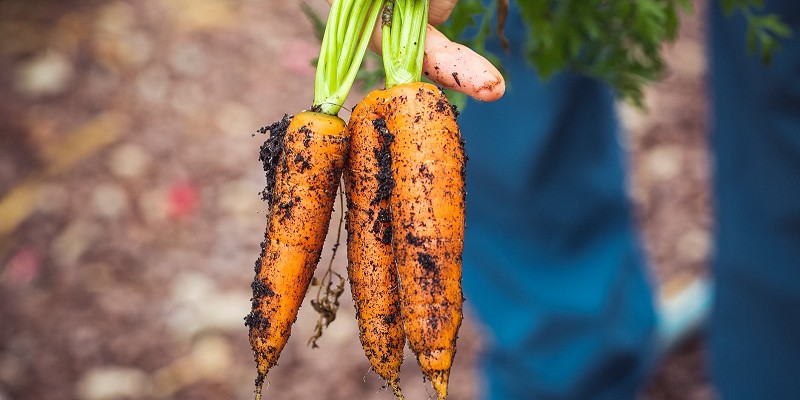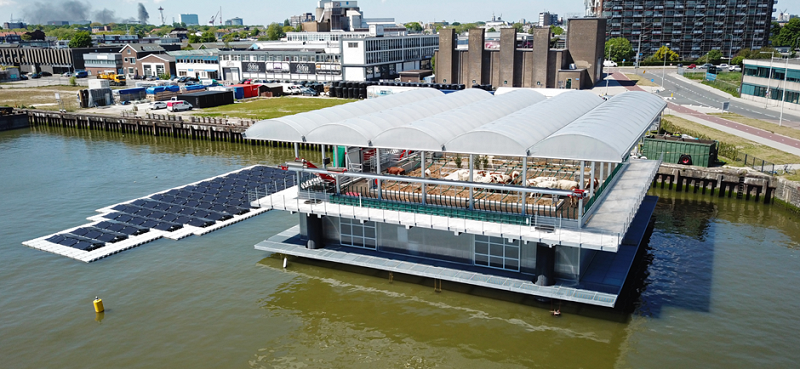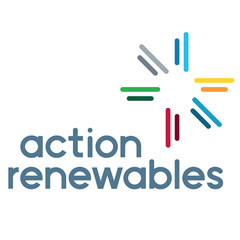The Future of Urban Agriculture

Before the dawn of the industrial revolution, a much larger proportion of the world’s population lived and worked in rural areas, mainly in subsistence agriculture. Thus, having a far greater affiliation with the land and the food that was produced from it. As populations have gradually changed and migrated towards cities, many communities have unfortunately lost this connection. As our lifestyles get busier, this disconnect has increased, our society consumes more convenience and fast food (which is unsustainable for our environment and our health) and less fresh home cooked produce.
However, as environmental movements continue to grow and awareness of climate change issues increases, many are keen to rediscover this connection with the land and with our food. After all, what could be more natural than a connection with the land? As everything comes from it and will be returned to it. This new generation of enthused growers may no longer have lands to farm or the financial resources available to purchase one. Instead, many are turning to their gardens, windowsills, rooftops, conservatories and public green spaces to allow their newfound passion to take root and blossom.
The growing awareness of food miles
Food miles are defined as the distance food is transported from where it is produced, to where it is consumed. Food miles are one factor used when assessing the environmental impact of food, including the impact on global warming.
In an investigation carried out by The Guardian newspaper, it was revealed that apples from the USA travel 10,133 miles to the UK. 76% of apples consumed in the UK are from abroad and even in the height of the British harvest season, the majority instore were still from abroad. This poses the question, what if everyone planted an apple tree in their front garden? Reducing shopping bills, food miles, flooding risk (acting as a water store in drainage basin) and acting as a carbon sink.
Another example is the import of lettuce from Spain to the UK. This journey is approximately 1000+ miles, depending on your location in the UK. The research states that it takes approximately 127 calories in jet fuel to transport every 1 calorie of lettuce. What is stopping city dwellers growing a few lettuces in flowerpots on their windowsills?
One reason that more and more people are turning to vegetarianism is for environmental reasons, however, this has to be carefully considered. Take the avocado for example. To produce one avocado 320 litres of water is required and they have then transported thousands of miles in cold storage, usually by aircraft. Approximately 1kg of food transported long distance has the same environmental impact as 1kg of meat produced locally.
We really need to ask ourselves these difficult questions when choosing our food - can we eat sustainably, buy seasonal local food, and can we grow our own?
The growing desire for traceability of food
Buying local also has other benefits, in terms of traceability. Processed chicken travels 6,643 miles from Thailand to the UK. Thousands of tonnes are imported to the UK, often reared in unregulated facilities that are far below British standards. At the same time, we in the UK export thousands of tonnes of farm quality assured chicken abroad... As the distance from food-to-fork increases along with the length of the distribution chain, the more difficult it becomes to guarantee the traceability of our food. Buying locally reared poultry which is certified to welfare standards not only saves on the food miles but also gives quality assurance to the customer.
While the keeping of large cattle is obviously unsuited to most city dwellers, a new project in the Netherlands has been spearheaded by Beladon. They have designed and constructed a floating dairy farm in the heart of Rotterdam’s docklands. It aims to bring farming back to the city and help reconnect people with where their food comes from. The cows are fed on grass from playing fields and golf courses in the city, along with leftover food such as potato scraps, brewer’s grains and bran. The manure is used as a natural fertiliser. A completely circular economy! The milk in sold onsite and in Lidl stores across the city.

Source: https://www.hakaimagazine.com/news/dairy-farming-at-sea/
What’s the story in Northern Ireland?
An example of community urban growing in Northern Ireland is an initiative called Grow - a small community gardening charity funded by the Big lottery fund, based in Belfast. They currently operate three sites across the city. The project uses gardening to strengthen community relations and increase awareness of farming and gardening. They also run workshops on healthy cooking and provide the local community with fresh produce.
So next time you pick up anything in the supermarket. Ask yourself the question, could I grow this myself?



